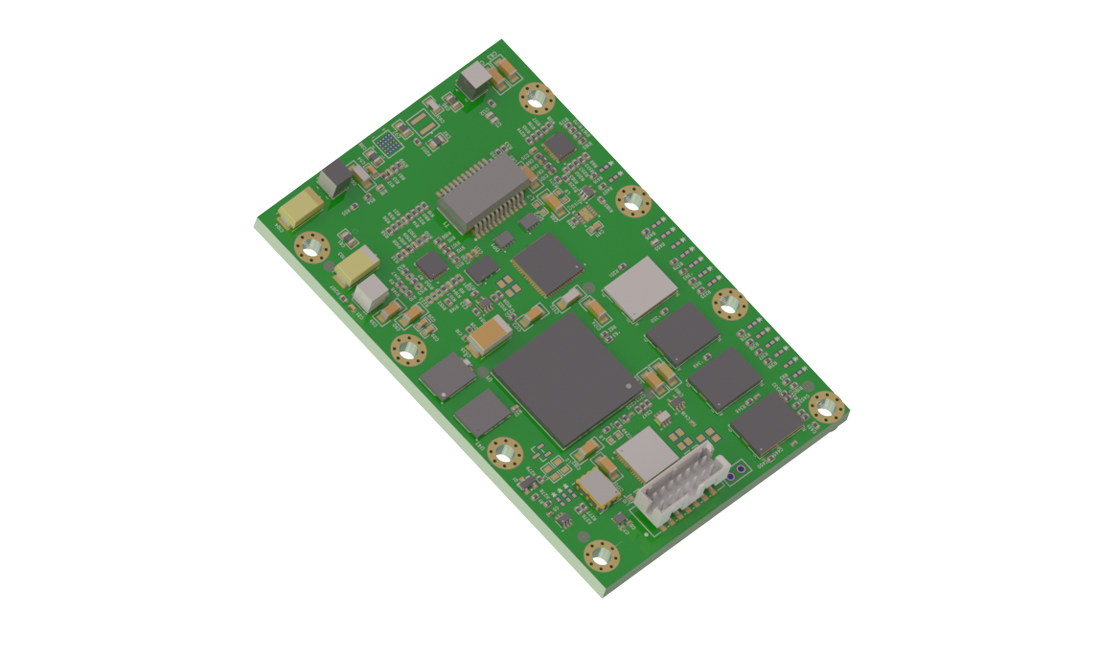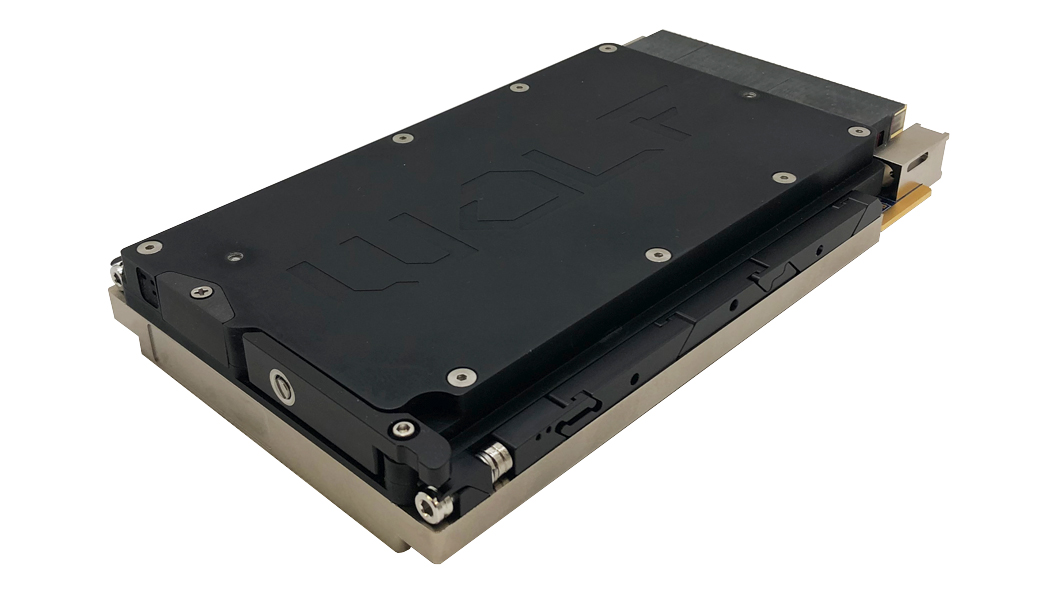Apple loves to control its hardware platforms, and P.A. Semi gives them a chance to revert to that model in handhelds. As well, PC industry experts are lauding the iPhone as the right way to do a UMPC – so Apple has the chance to create yet another market and own it (sorry, Microsoft). We’re talking high stakes here, folks, and the P.A. Semi device could well be the silver bullet Jobs and Co. need.
But in our board-based embedded VME industry, P.A. Semi’s PA6T-1682M processor offered power consumption in the dim lightbulb range compared to the solar flares of Freescale’s MPC744x and MPC8641x CPUs. The road map for these red-hot devices is what drove numerous VME specs, including the liquid cooling language of VITA 48 (REDI). But with P.A. Semi’s processor, suddenly some VME vendors (Curtiss-Wright, Varisys, Mercury Computer Systems, Extreme Engineering, Themis, and others) announced plans to release low-wattage PowerPC SBCs and PMCs. And I’m certain many more had designs in-process ready to announce. With so many of these boards earmarked for defense applications, everyone expected Apple’s acquisition to catalyze a return to the days of "blue helicopters landing in the parking lot out front of Fairchild and shutting the place down" while invoking the Cold War era – now antique and quaint – DX/DO rating system.
Yeah, right. Long gone are the days when the DoD was the biggest IC customer before the invention of the PC and cell phone, and had the clout to mandate that a supplier process MIL-SPEC backlog first as a matter of national security1. Recall that we’re talking about Apple’s Steve Jobs, the guy who essentially flipped the bird to the swimming-in-big-bucks-lawyers, multi-billion dollar industries represented by the MPAA and the RIAA. Not even Microsoft, Amazon, nor AOL were able to crack the market to begin selling 99-cent songs on proprietary software called iTunes and later demonize DRM copy protection. So it makes me chuckle to think that old Steve would be concerned by the 0.5 percent IC market share of the DoD and their possible threat to Apple (alleged back-dated stock options notwithstanding).
With no DX/DO nor FAR flow-down contracts in a COTS world, Mr. Jobs is going to do what’s best for Apple. Ain’t no way – short of a trip to Gitmo in Cuba – that Apple is going to buckle. So if you’re expecting a miracle, I suggest sticking with AMD, ARM, Intel, or Freescale CPUs.
UPDATE: At press time, we were unable to make contact with the right PAO at the DoD to get the official word on this situation. But according to Bret Farnum, VP of sales and marketing at P.A. Semi customer Extreme Engineering (www.xes-inc.com), Apple has apparently worked out a deal that will make an adequate supply of processors available for "at least three years." Since they’re fabbed by longtime mil supporter Texas Instruments, who has a well-documented life-cycle policy, one can speculate that Apple is merely accepting DoD forecasts and executing a lifetime buy with TI. It’s also possible that one of the many aftermarket suppliers like Rochester or Lansdale – or even the DoD’s own DMEA or GEM Program – have cut some sort of a life-of-type buy arrangement.
If true, mil programs and VME vendors using P.A. Semi devices have dodged a bullet. It just means that you should be cognizant of the upside potential and the downside risk, no matter how compelling the product, when designing in new processors from companies like Ambric, Innovasic, MathStar (no longer making ICs or systems), picoChip, Tilera, Transmeta (now IP only), and others. If the product is that (ahem!) hot, someone else may think so, too.
1 Full disclosure: As the military account manager for companies like Hughes Aircraft and TRW while employed at AMD long ago, I recall at least one occasion where the DoD actually did require us to priority process their backlog for Class S bit slice devices. Back then, when the Air Force issued the threats, we snapped to attention.







